If you’ve ever been inside an older home, you’re likely familiar with the eerie sound of creaking or squeaky floors. Often, the sound overwhelms the warmth and charm of hardwood floors, whether it’s a subtle creak or a lour grown. Squeaky wood floors can become a significant annoyance in any home. Understanding what causes these noises and how to address them is crucial for maintaining the integrity and beauty of your hardwood floors. It’s a common issue, especially in Toronto homes built before the 1960s. As your premium general contractor, D2 Build will help you understand the causes of floor squeaks.
The Nature of Floor Squeaks
Creaking floors, often referred to as squeaky floors, can occur for several reasons. At their core, these noises result from movement between the wood planks and the subfloor. The interaction between these two elements leads to friction, which ultimately produces sound. The phenomenon is often amplified in older homes, like those in many of our renovation projects, where hardwood floors have been in place for decades.
The Structure of Hardwood Floors
To understand what causes squeaky wood floors, it’s essential to recognize their construction. In older homes, like those built in the 1920s or 1930s in inner-core Toronto communities like East York, the flooring is typically tongue and groove. This means that each plank fits together using a tongue that fits into a groove on the adjacent plank. While this design creates a snug fit and enhances the aesthetic appeal of hardwood flooring, it also makes the floor vulnerable to movement and noise.
In one of our current renovation projects, we encountered a section of 2-inch oak strip flooring that exemplifies the common issues faced by older hardwood floors. During the demolition process, we observed the characteristic sounds of floor squeaks, signalling potential problems beneath the surface. In this case, every footfall can elicit an audible response. This particular property is representative of many older homes in the area, with hardwood floors that have experienced decades of wear and tear.
Upon removing a section of the flooring, we discovered a broken tongue in the tongue and groove system. This breakage is often a direct consequence of excess movement beneath the floor, stemming from inadequate support.
Causes of Squeaky Floors
1. Movement in the Subfloor
The primary culprit behind floor squeaks is the movement of the subfloor. In homes constructed before 1960, the subfloors typically consisted of 1×4 pine planks, often made from second or third-grade quality wood with larger knots. These knots compromise the structural integrity of the subfloor, making it prone to splits and movements.
2. High Traffic Areas
High traffic areas are particularly susceptible to squeaky wood floors. As people move about, the weight and pressure can exacerbate any weaknesses in the flooring system. Over time, these areas may develop splits or cracks in the subfloor, contributing to the unwanted noise.
3. Wear and Tear Over Time
Every hardwood floor experiences wear over the years. Changes in humidity and temperature can cause wood to expand and contract, leading to gaps between the tongue and groove joints. These gaps may seem small, but they can be enough to create squeaky wood floors. In older properties, the cumulative effects of decades of expansion and contraction can result in significant movement, which in turn causes floor squeaks.
Addressing the Problem: Options to Consider
To fix squeaky wood floors, there are not too many good options available. In most or all of these cases, the following will have to be considered.
1. Strip Down to the Subfloor
In some cases, it may be necessary to strip down to the subfloor. This process allows for a thorough examination of the underlying structure, revealing any weaknesses or damaged areas. Identifying these issues can help in understanding why the floor is creaking and how to mitigate the noise.
2. Replace the Subfloor
If significant damage is found in the subfloor, the option to replace it may be on the table. Addressing issues like splits or breaks can dramatically reduce floor squeaks. In our renovation project, we discovered broken boards that required replacement. Ensuring a solid and stable foundation is crucial for minimizing squeaky wood floors.
3. Install New Flooring
Another option is to install new flooring over the existing subfloor. While this may seem like a more extensive undertaking, new engineered flooring can provide additional support and stability. Engineered flooring is constructed with multiple layers, giving it strength and making it less prone to movement. Unlike traditional hardwood flooring, which relies solely on the integrity of the subfloor, engineered flooring effectively acts as both a subfloor and a finish. By opting for three-quarter-inch engineered flooring, homeowners can significantly strengthen the entire flooring system, reducing the likelihood of squeaks.
Preventative Measures for Squeaky Floors
Prevention is key to maintaining a quiet home. Here are some tips to consider:
1. Humidity Control
Wood is a natural material that reacts to changes in humidity. Keeping indoor humidity levels stable helps to minimize the expansion and contraction of wood, reducing the chances of squeaky wood floors. Using a humidifier during dry seasons or a dehumidifier in humid months can help maintain optimal conditions.
2. Regular Maintenance
Regular maintenance of your hardwood floors can help prolong their lifespan and minimize squeaks. This includes cleaning and polishing the floor to prevent dirt buildup and keeping the planks free from debris that can cause friction and noise.
3. Consider Floor Layout
When planning renovations, consider the layout of furniture and foot traffic. Placing heavy furniture in areas that receive high traffic can help distribute weight evenly and reduce the strain on specific floor sections, potentially preventing floor squeaks.
Check out our webpage for more information on our services here.







